Churches in Georgia is a vast topic for discussion. Georgia is one of the oldest countries that has accepted Christianity and defended it through numerous nations trying to invade it. Georgia’s Christian roots trace back to the 4th century, and the country is filled with religious monuments that are both spiritual centers and masterpieces of medieval architecture. Many are UNESCO World Heritage Sites, while others remain active places of worship, pilgrimage, and inspiration. Now Georgia boasts the wide array of the churches that stood through the passage of time and survived for us to see these wonders. In this blog we will talk about the churches that should definitely be on your must-visit list.
Must-Visit Churches in Georgia
There is a saying in Georgian: 3 things that are most important are the language, the lands, and the faith. Since we have covered the Georgian language, here we will tell you about the faith. Since Georgia accepted Christianity in the early 4th century, many historical churches have been scattered across the lands of Georgia, but to cut the stress, we can tell you the list of our must-visit churches in Georgia.
Gelati Monastery
Gelati Monastery is one of the must-visit churches in Georgia that is located near the city of Kutaisi. A UNESCO World Heritage Site, Gelati Monastery was founded in the 12th century by King David IV, also known as the Builder (“Aghmashenebeli”). It served as an intellectual center with an academy that rivaled those in Byzantium. The complex features beautiful frescoes, ancient tombs, and a serene atmosphere that reflects Georgia’s Golden Age.
Highlights of this place include stunning mosaics and frescoes that survived the centuries and King David IV’s tomb.
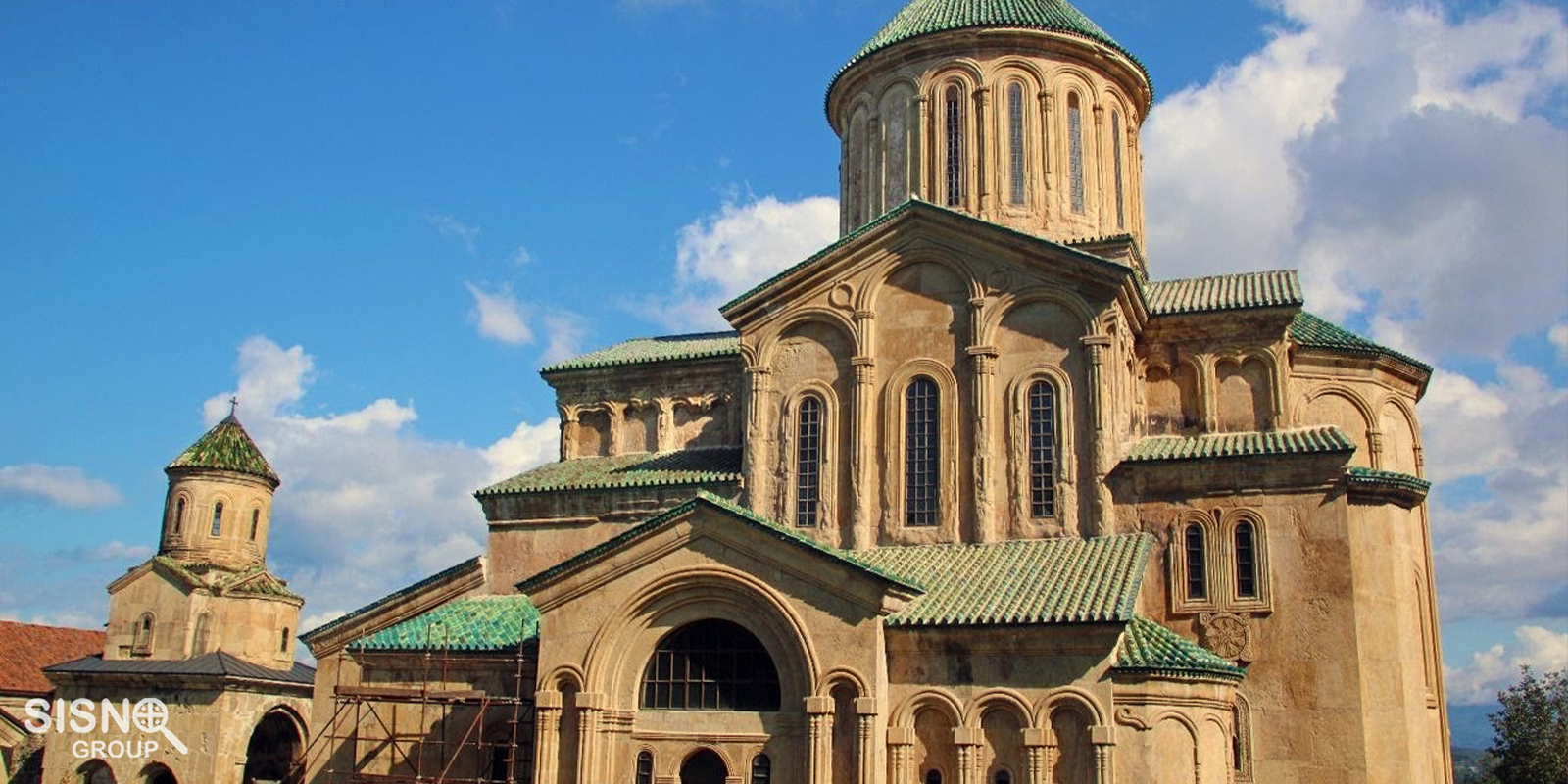
Vardzia Cave Monastery
Vardzia is an iconic monastery complex that is located in the Samtskhe-Javakheti region. Carved directly into a cliffside, the Vardzia Cave Monastery is one of Georgia’s most visually striking sites. It was established in the 12th century by King Tamar and once housed over 2,000 monks. The complex includes churches, living quarters, wine cellars, and tunnels. The highlights of that place include
- Rock-cut architecture
- Murals of King Tamar
- Hidden chambers and tunnel systems
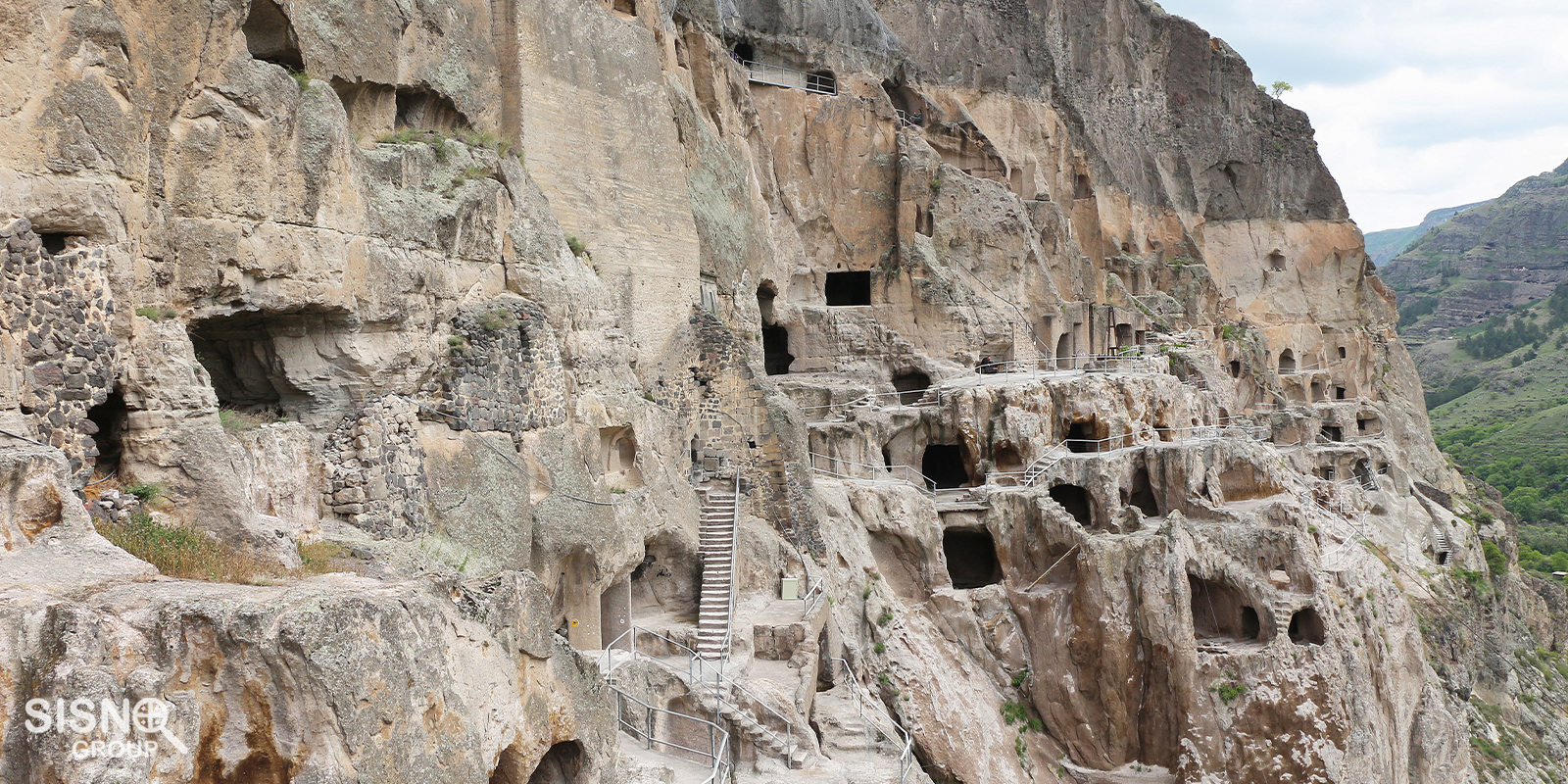
Bodbe Monastery
Bodbe Monastery is located near Sighnaghi, Kakheti, and is one of the most sacred sites in Georgia. Originally this monastery was built in the 9th century. It has been significantly remodeled, especially in the 17th century. The monastery now functions as a nunnery and is one of the major pilgrimage sites in Georgia due to its association with St. Nino, the woman credited with converting Georgia to Christianity, the 4th-century female evangelist of Georgians, whose relics are enshrined there. The monastery is surrounded by lush gardens and offers panoramic views over the Alazani Valley.
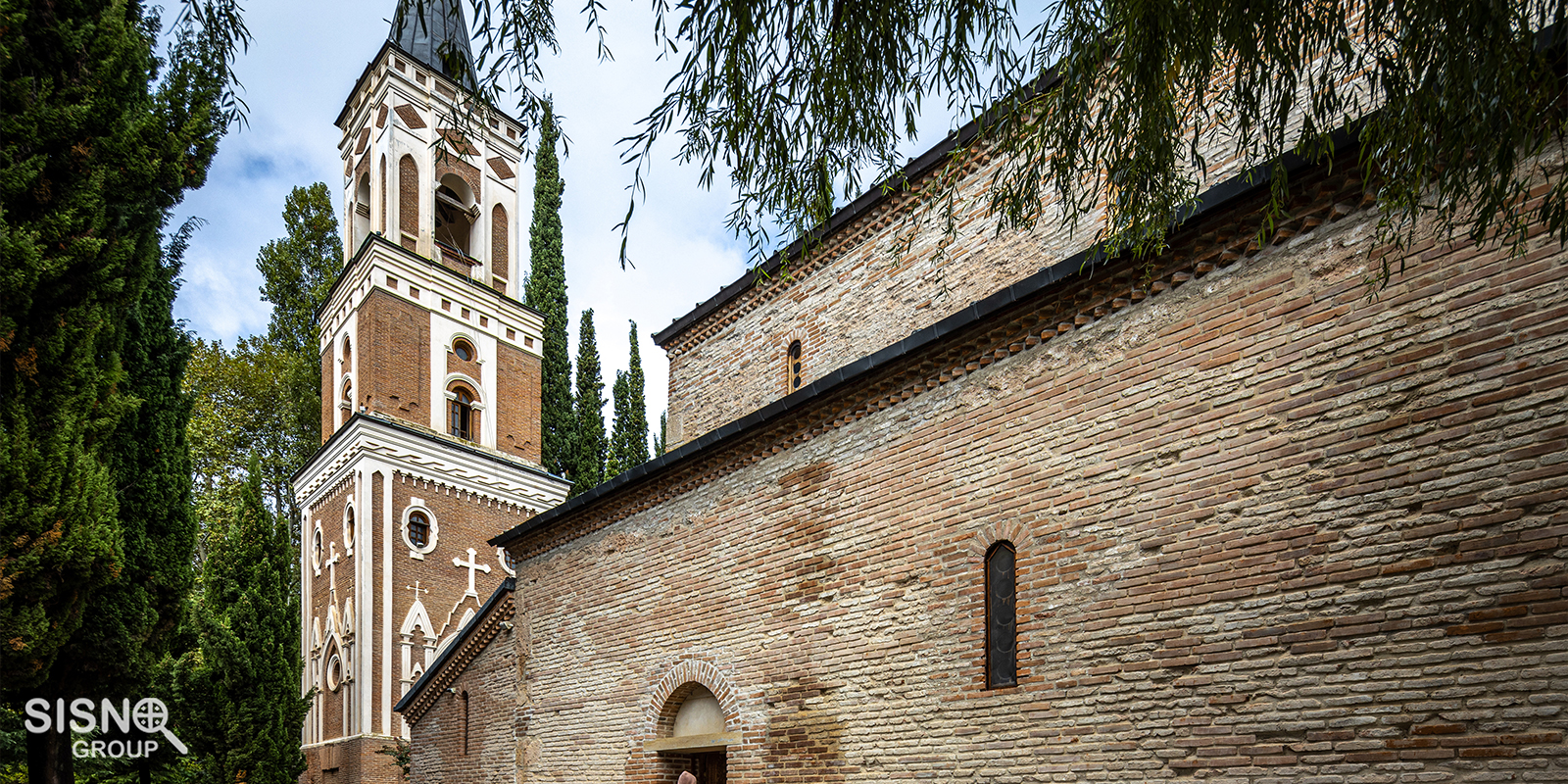
David Gareja Monastery
David Gareja Monastery is located in the far Kakheti region, near the Azerbaijan border. David Gareja is a remote monastic complex carved into semi-desert hills. Founded in the 6th century by St. David of Gareji, one of the 13 Assyrian fathers. The complex covers approximately 25 square kilometers. This complex includes hundreds of cells, chapels, and frescoes that make this location a breathtaking sight, along with the stunning desert views.
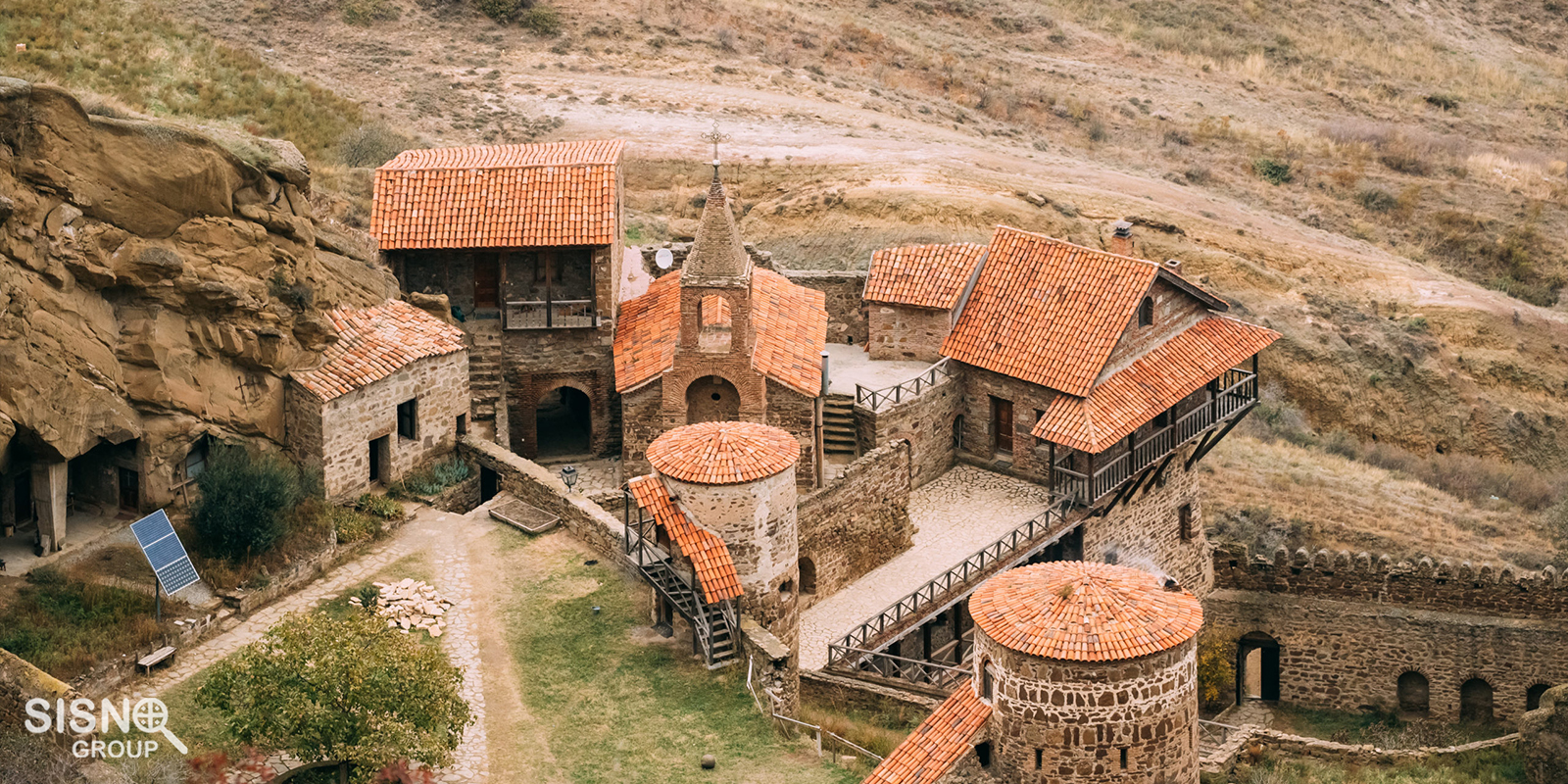
Bagrati Cathedral
Located in the city of Kutaisi, Bagrati Cathedral is a masterpiece of medieval Georgian architecture. Built in the 11th century by King Bagrat III, Bagrati Cathedral symbolizes the unification of Georgia. Though partially ruined for centuries, it has undergone reconstruction and remains a powerful national symbol. From this cathedral you can see the panoramic views over Kutaisi. Bagrati Cathedral is considered one of the symbols of Georgian unity and blends ancient bones with modern restorations very well.
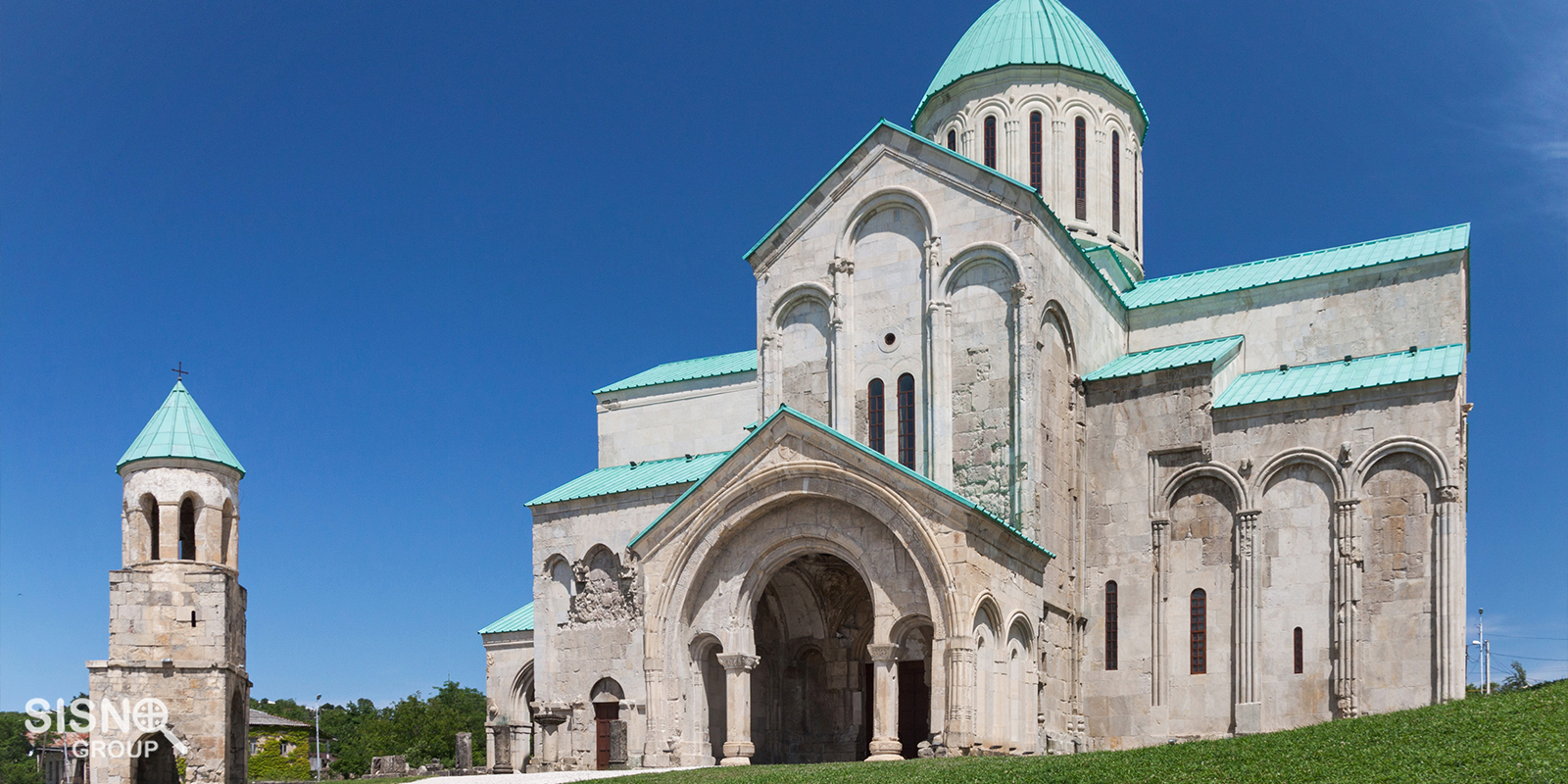
Nekresi Monastery
Nekresi Monastery is a lesser-known but atmospheric complex dating back to the 4th century. Built over the Zoroastrian shrine, the monastery functioned for many years but was closed down shortly after the Imperial Russian takeover of the Georgian church in 1811. After a hiatus of nearly two centuries, the monastery became functional again in 2000. Located on a forested hillside, it offers peaceful surroundings and views over Kakheti. Despite it being lesser known, it harbors huge history. You can experience scenic hikes, beautiful views of the Alazani Valley, and the secluded atmosphere of this early Christian basilica.

Katskhi Pillar
Located in the western region of Georgia, Imereti, is one of the most unique churches in Georgia. The Katskhi Pillar is a natural limestone pillar with a small church on top, and it is approximately 40 meters (130 ft) high. It has been inhabited by monks seeking solitude and divine closeness for centuries. The records of the church first appeared in the 18th century, but the church itself dates back to the 5th-6th century. The church, even though it is remote, is one of the most awe-inspiring churches in Georgia and a symbol of spiritual asceticism.
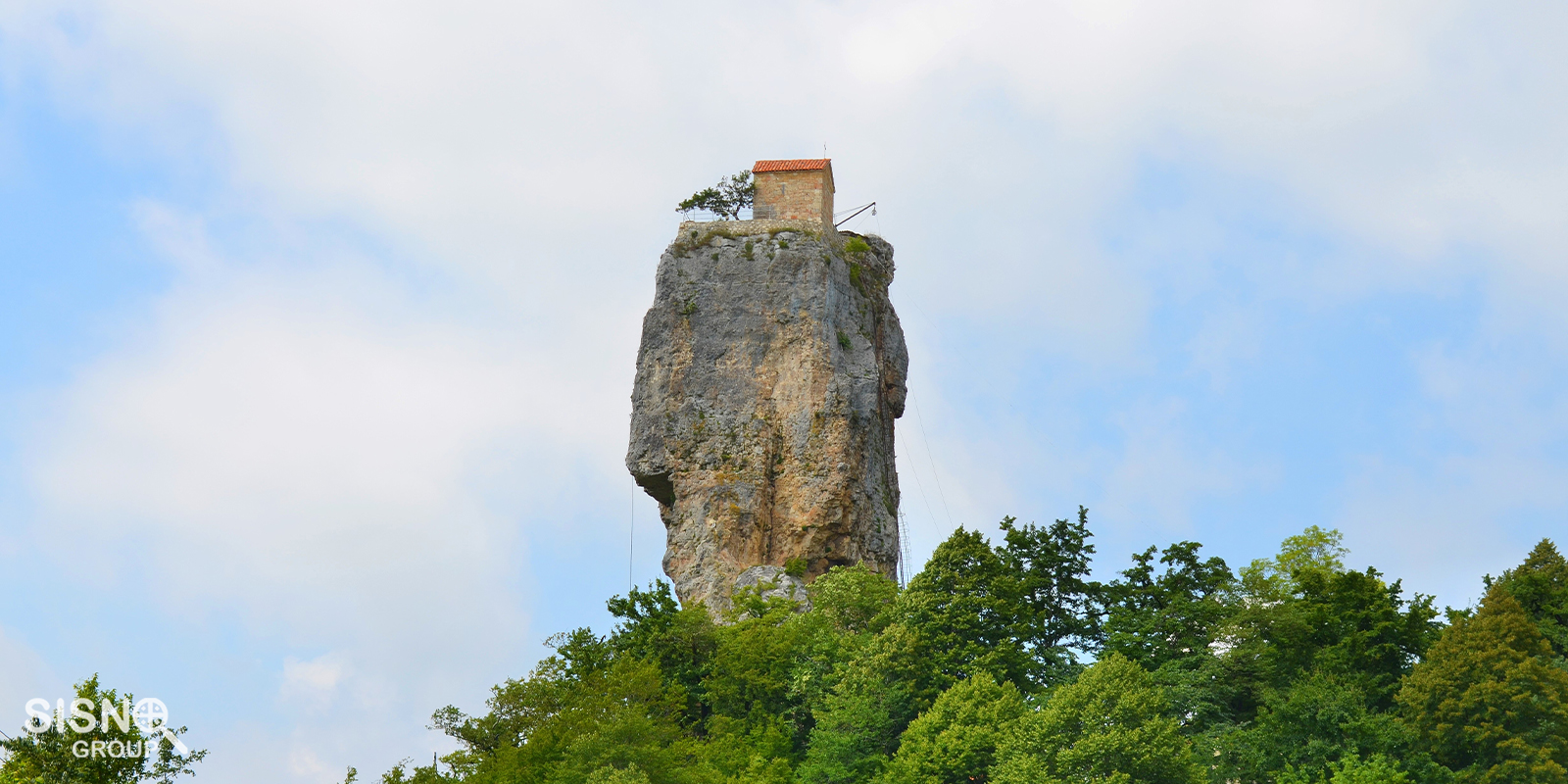
Churches in Tbilisi
If you are only visiting the capital yet still want to see the wonders of Christianity, churches in Tbilisi are not just places of worship; for people of Georgia, these sacred places are living testimonies of the country’s rich history, culture, and faith. No matter if you want to visit the grand and ancient cathedrals or the simple hidden chapels in the corners of Tbilisi, these churches will definitely capture your heart. So, grab your bags, cameras, check the Weather in Tbilisi and plan your trip with us.
How Many Churches Are in Tbilisi?
Tbilisi is the vibrant capital of Georgia and a home to a rich tapestry of churches that are scattered across its territory. Each church in this city has its own historical background, significance, and architectural beauty. But how many churches are in Tbilisi? Sadly, we can’t give you the proper answer since there is no fixed number because this city is constantly evolving, but we can say that there are over 20 notable churches that stand out among them.
From ancient sites that have stood the test of time to newer additions that reflect modern interpretations of sacred architecture, Tbilisi churches offer a fascinating look into the heart of the city.
Among the many, some churches are especially noticeable, like the Holy Trinity Cathedral Tbilisi, which is not only the largest in the city but also one of the most important ones, holding same importance as many Tbilisi museums. There are other famous churches in Tbilisi, Georgia, for example, Metekhi Church and Kashveti St. George Church.
While there are many smaller churches tucked away in the city’s corners, each one plays an important role in maintaining the city’s deep-rooted Christian identity.
Famous Churches in Tbilisi
Tbilisi is home to a number of famous churches that are not only architectural masterpieces but also hold great religious and cultural significance. One of the most famous churches in Tbilisi is the Holy Trinity Cathedral, also known as Sameba Cathedral. This grand cathedral is the largest church that can be easily noticed on the Tbilisi skyline. Another significant site is the Metekhi Virgin Mary Assumption Church, also known as simply Metekhi, which stands atop a hill overlooking the Mtkvari River, and nearby, Kashveti St. George Church offers another glimpse into Tbilisi’s deep spiritual heritage. Known for its charming location and intricate frescoes that decorate its walls, it serves as an active place of worship for locals and visitors alike.
But not all popular churches are Orthodox, since along with all of those churches, one of the most prominent churches in Tbilisi is the St. Peter and Paul Catholic Church. Its gothic-inspired architecture and serene atmosphere attract both the Christians and tourists who just want to enjoy the aesthetics.
These famous churches in Tbilisi are not only important places of worship but are also key to understanding the city’s long history and cultural richness. Whether you’re standing in awe of the Holy Trinity Cathedral’s grandeur or exploring the intimate spaces of Metekhi and Kashueti, each church tells its own unique story in the fabric of Tbilisi’s spiritual life.
Holy Trinity Cathedral Tbilisi
The Holy Trinity Cathedral Tbilisi, or Sameba Cathedral, is located on Elia Hill in the heart of Tbilisi. Building it was completed in 2004, and since then it has stood as one of the largest and most impressive Orthodox Christian cathedrals in Tbilisi and in the world. Sameba was built to symbolize the revival of the Georgian Orthodox Church after Georgians regained their independence from the Soviet Union. Its location atop a hill makes sure that this cathedral can be seen from almost any point in the city, which makes it a striking landmark of the Tbilisi skyline. The Holy Trinity Cathedral is not just a religious center but also a symbol of national pride, representing Georgia’s enduring faith and cultural identity. This cathedral is also serving as the seat of the Georgian Patriarch. Sameba hosts various important religious events, making it a central point for both worship and national celebrations. Its grand design, beautiful frescoes, and peaceful atmosphere make it a must-see destination for visitors.
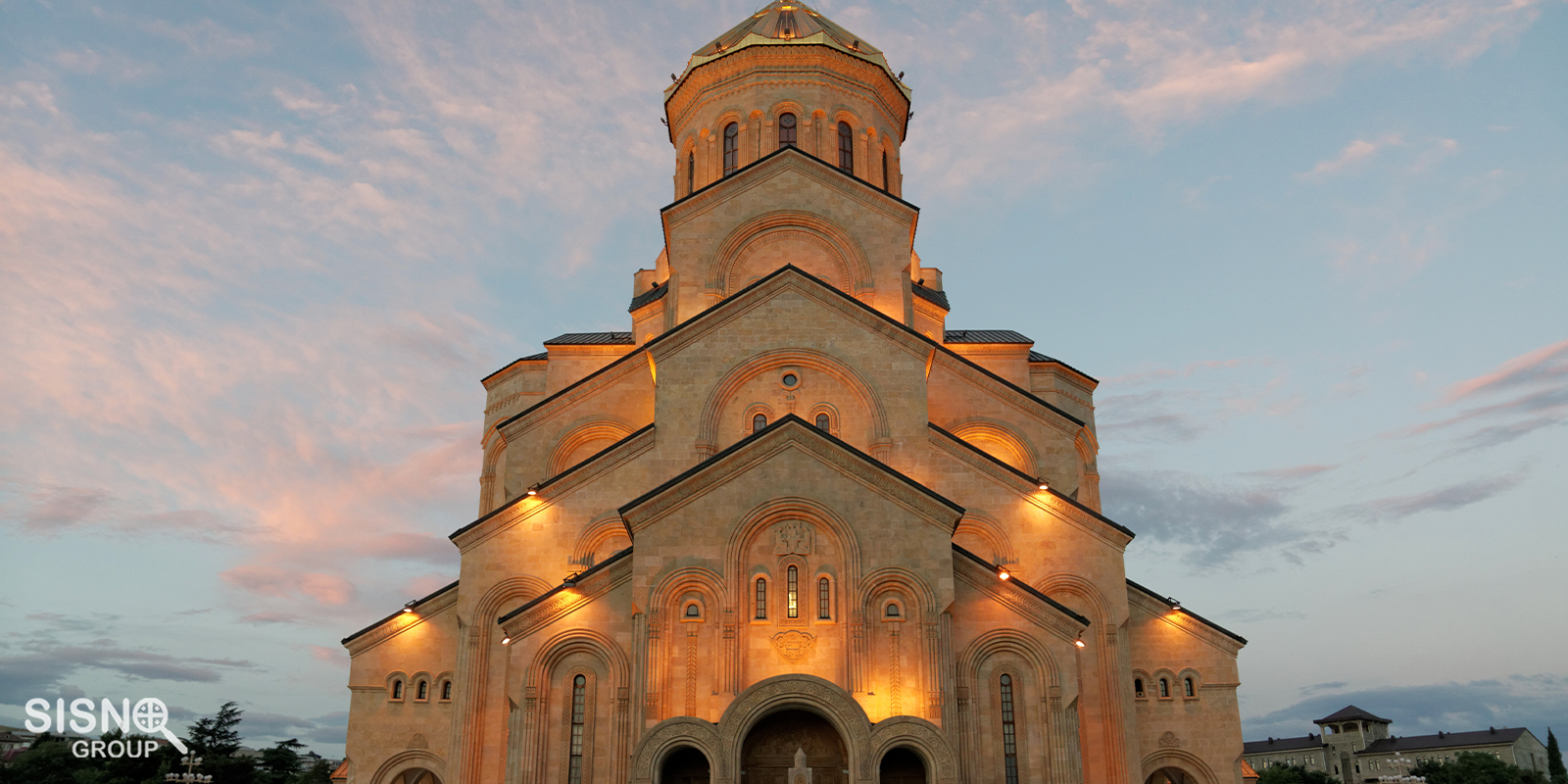
Anchiskhati Basilica
The Anchiskhati Basilica, located in the Old Town of Tbilisi, is the oldest surviving church in the city, dating back all the way to the 6th century. It was originally built as a Christian basilica under the rule of King Dachi of Iberia. The church is named after the icon of Christ the Savior, known as Anchiskhati, which has been housed in this basilica for centuries. Through the years, Anchiskhati Basilica has undergone several renovations for maintenance, but it still retains much of its original charm, with its simple yet elegant architecture and serene atmosphere. Today, the basilica remains an active place of worship and is a significant historical and cultural landmark, reflecting the deep Christian roots of Tbilisi.
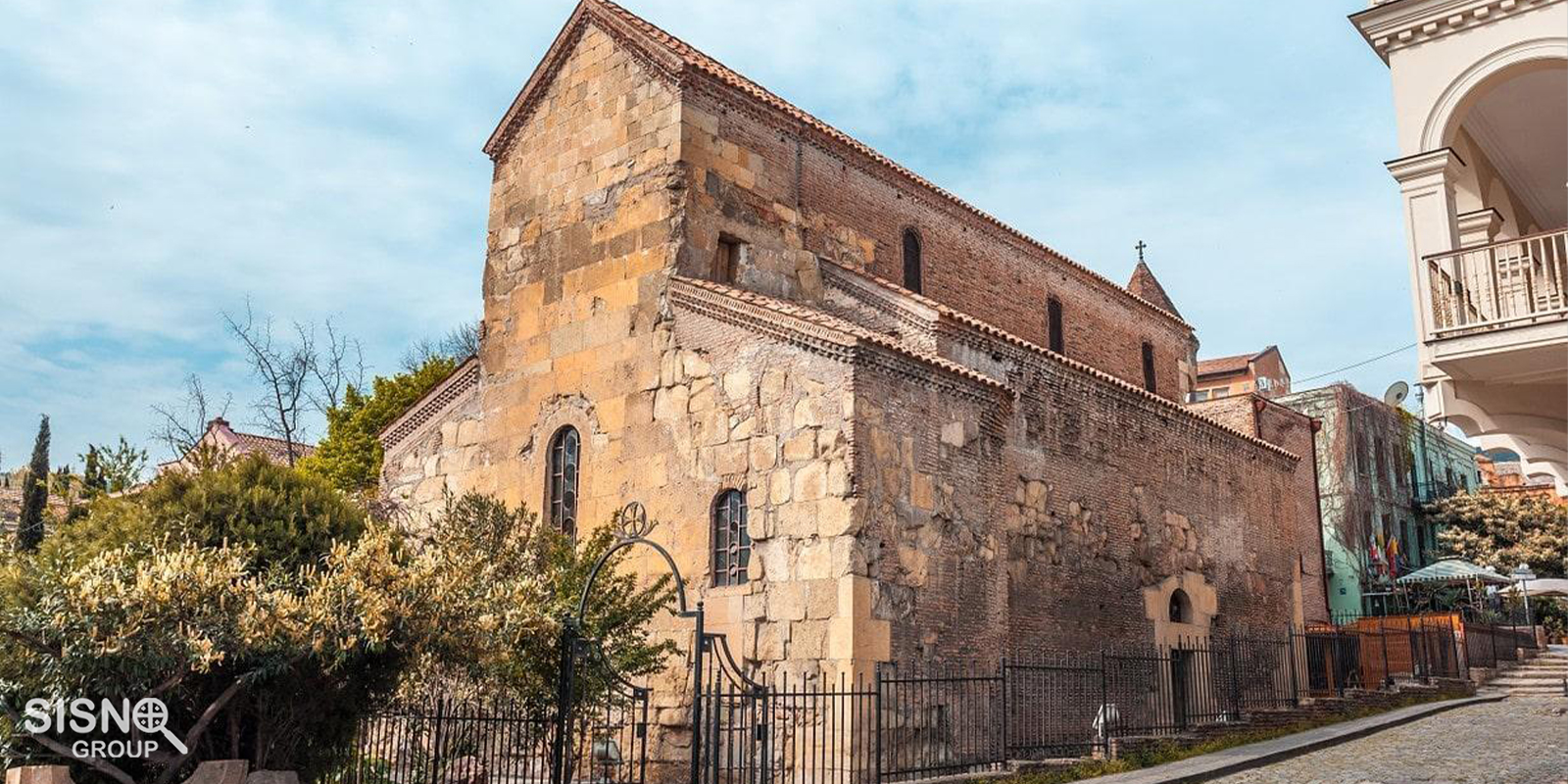
Metekhi Virgin Mary Assumption Church
The Metekhi Virgin Mary Assumption Church, which is also often referred to as Metekhi Church, is a historic church located on a cliff that is overlooking the Mtkvari River in Tbilisi. This church was established around 1278–1284 and had to be rebuilt and renovated several times due to the damages over the centuries, but it still stands and is still active. Its location provides the visitors stunning views of the river and the surrounding city, making it one of the most famous buildings among the churches in Tbilisi. Today, it continues to be an active place of worship and a cultural landmark that you can freely visit in Tbilisi.
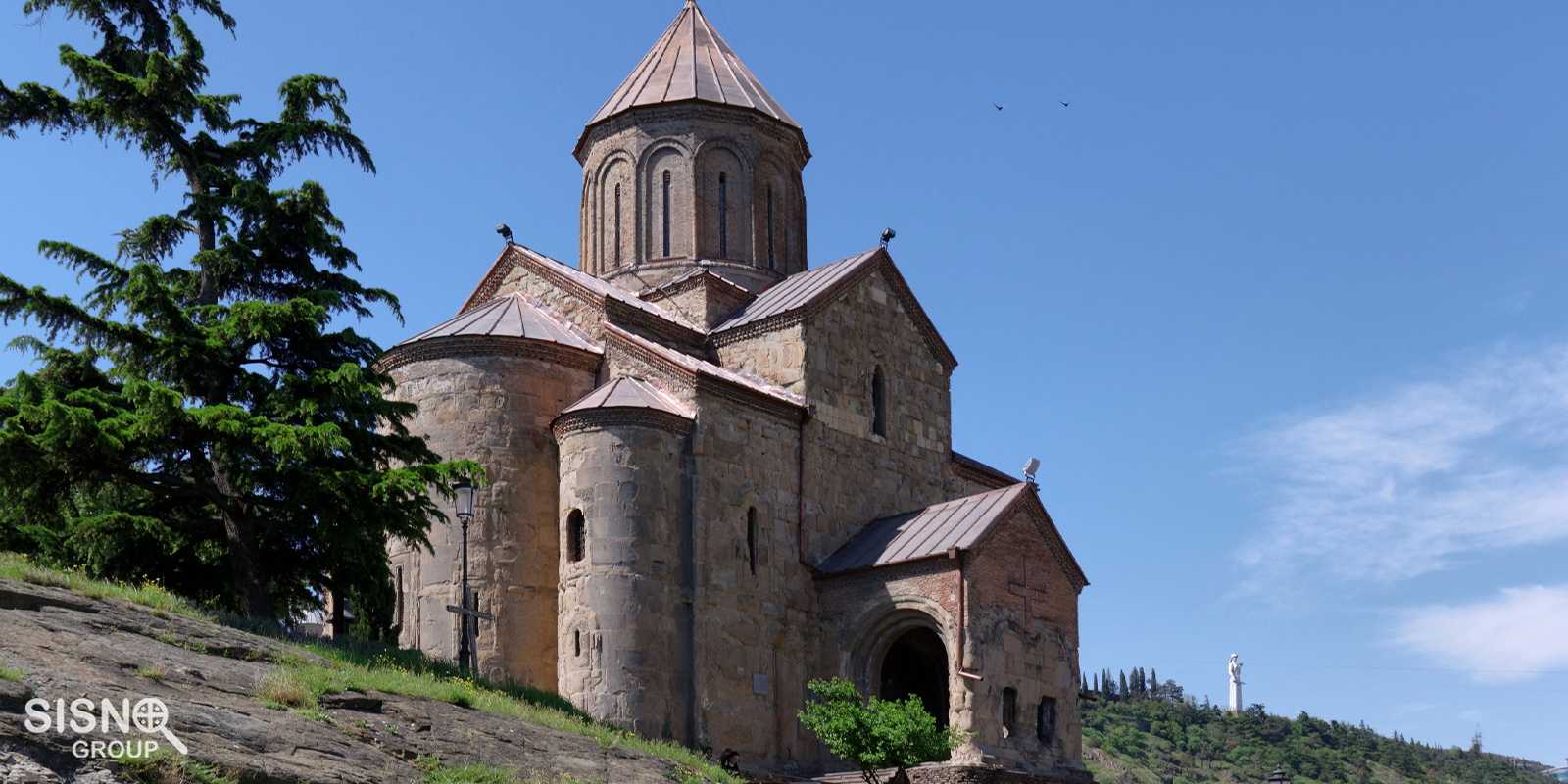
Kashveti St. George Church
The Kashveti St. George Church, located in the heart of Tbilisi, is a beautiful example of Georgian religious architecture. This church was built in the 20th century and stands out with its striking neo-Byzantine style and intricate details. Situated on the main avenue of Tbilisi, Rustaveli Avenue, it has become an iconic landmark for both locals and visitors of Tbilisi. Though relatively modern compared to some of Tbilisi’s older churches, Kashveti St. George Church is known for its serene atmosphere and stunning interior, which features beautiful frescoes and mosaics. It is an important cultural and religious site in Tbilisi, drawing worshippers and tourists alike with ease, especially with its accessible location.
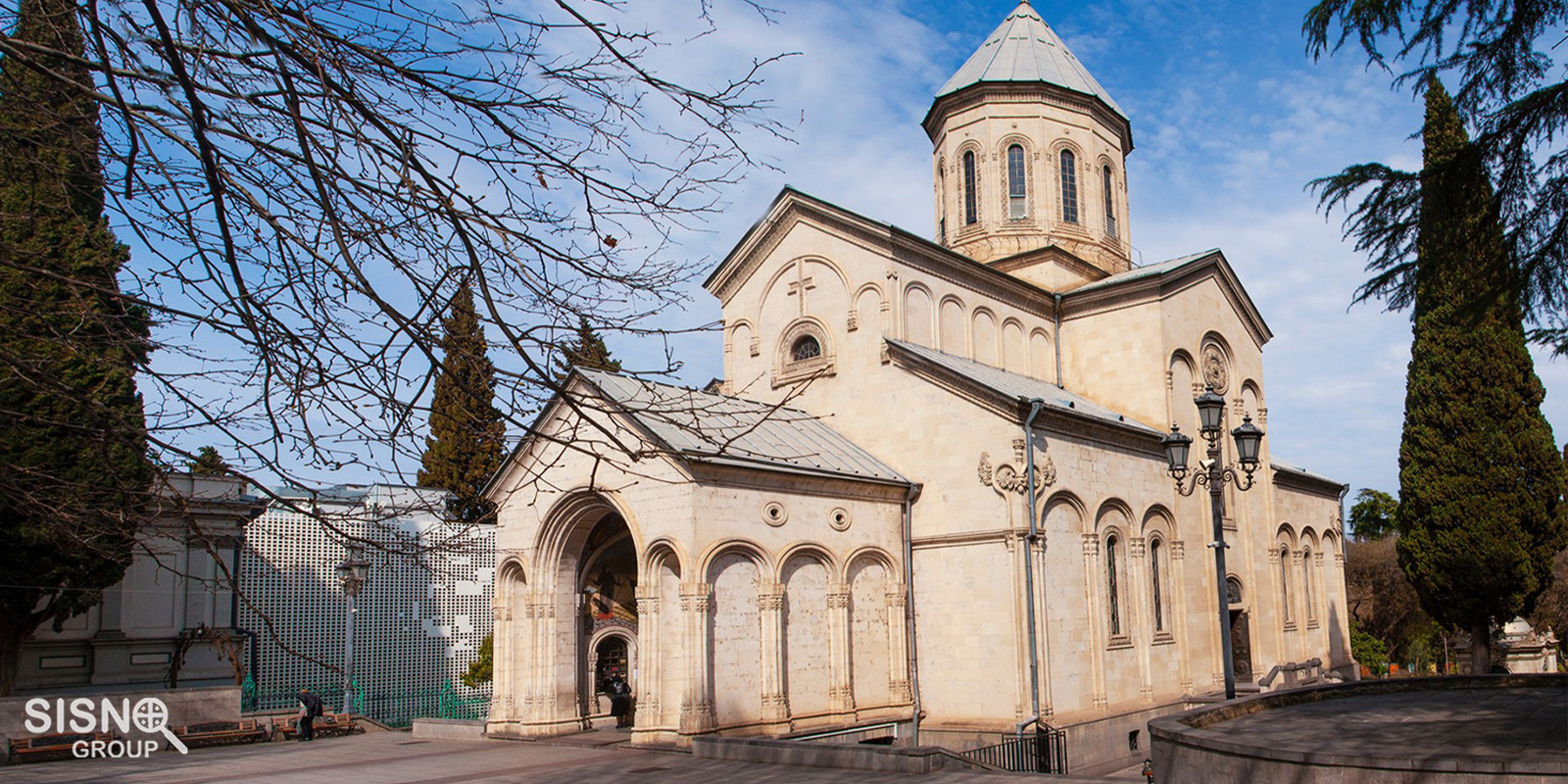
Cathedral Sioni Tbilisi
The Cathedral Sioni Tbilisi is one of the most revered churches in Georgia, known for its deep historical and religious significance. Located in the Old Town of Tbilisi, the cathedral was originally built in the 6th century but has undergone several reconstructions over the centuries. The most notable work was done in the 11th and 12th centuries. This church got the name “Sioni” from the biblical Mount Zion. The cathedral is particularly famous for the cross of St. Nino, who was the Christian missionary that brought Christianity to Georgia in the 4th century. Today, Cathedral Sioni continues to serve as a major religious center and an important symbol of Georgian faith.
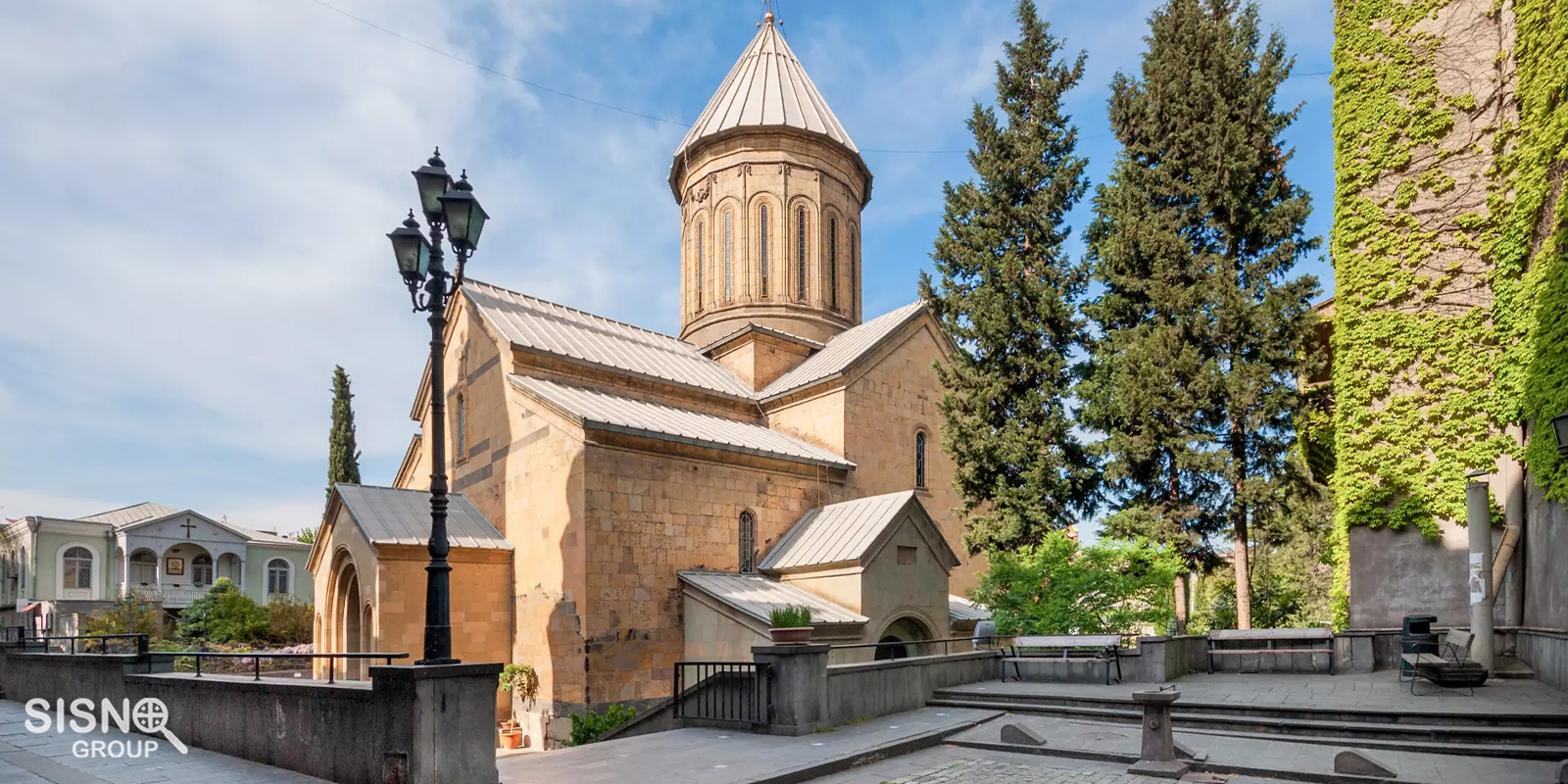
Lurji Monastery
The Lurji Monastery, also known as the Blue Monastery, is nestled in the hills of Tbilisi. This monastery is a peaceful and lesser-known gem in Georgia’s rich religious landscape. This small yet historically significant monastery was also built in the 1180s, in the reign of Queen Tamar. The monastery’s name, Lurji, means “blue” in Georgian, and it got its name from the beautiful blue tiles of the roof. Though much of the original structure has been lost or altered over time because of Russian rule in the 1800s, the monastery still remains a symbol of Georgia’s early Christian heritage. Today, Lurji Monastery serves as a quiet retreat for those seeking solitude and reflection while also being a small but significant piece of Georgia’s religious history.
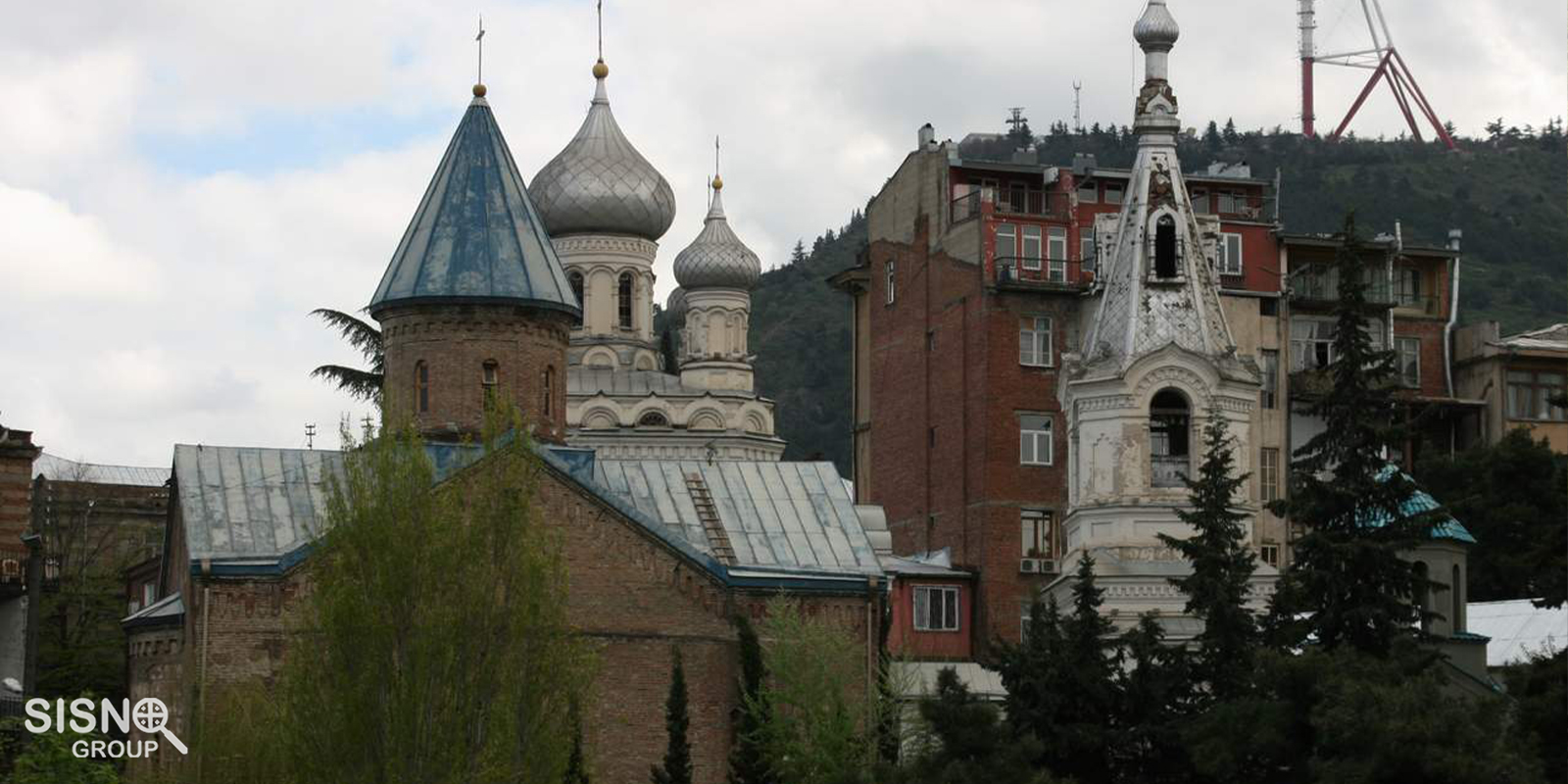
Tabor Monastery of the Transfiguration
The Tabor Monastery of the Transfiguration, located on the outskirts of Tbilisi, is a peaceful and historic site that offers a blend of spiritual significance and natural beauty in a place where the Daruijeli fortress once stood. Established in 2012, the monastery is dedicated to the Transfiguration of Jesus, a major event in Christian tradition. Perched on a hill, the monastery provides a stunning panoramic view of Tbilisi and the surrounding landscape, making it a serene spot for reflection and prayer. Despite its size, this church is easy to spot from different parts of Tbilisi.
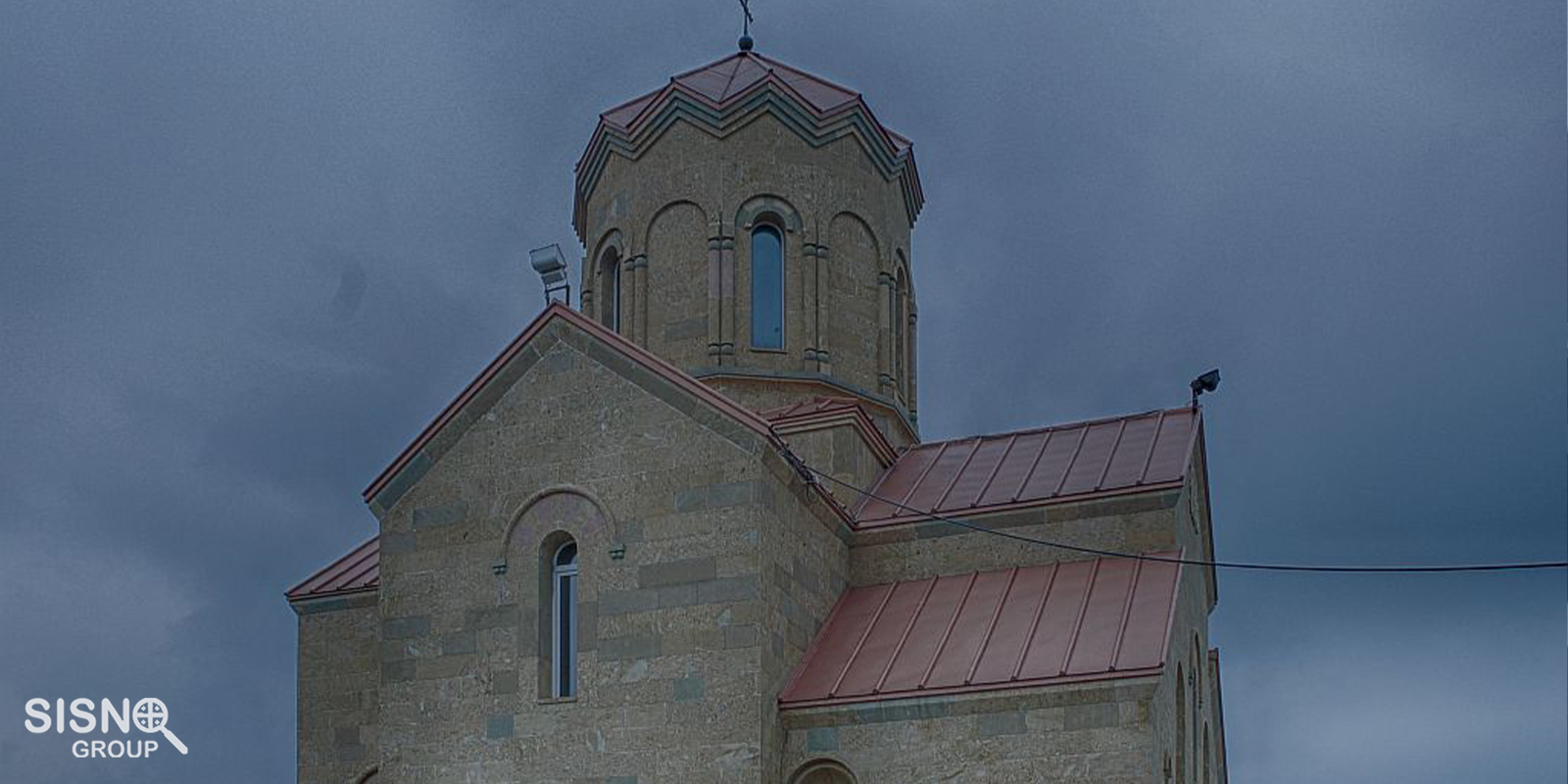
St. Peter and Paul Catholic Church
The St. Peter and Paul Catholic Church in Tbilisi is a significant landmark for the city’s Catholic community. Built in the late 19th century, this church serves as one of the very few Roman Catholic places of worship in Georgia, reflecting the presence of Catholicism in a predominantly Orthodox country. This church is located in the city center, near the famous Rustaveli Avenue. The church is a beautiful example of neo-Gothic architecture that has pointed arches, intricate stained-glass windows, and towering spires suitable for Catholic architecture. As a focal point for Tbilisi’s Catholic community, the St. Peter and Paul Catholic Church plays an important role in religious life, hosting regular services, special events, and cultural activities that connect Georgia’s Catholic faithful to their global tradition in the city that is mostly Orthodox.
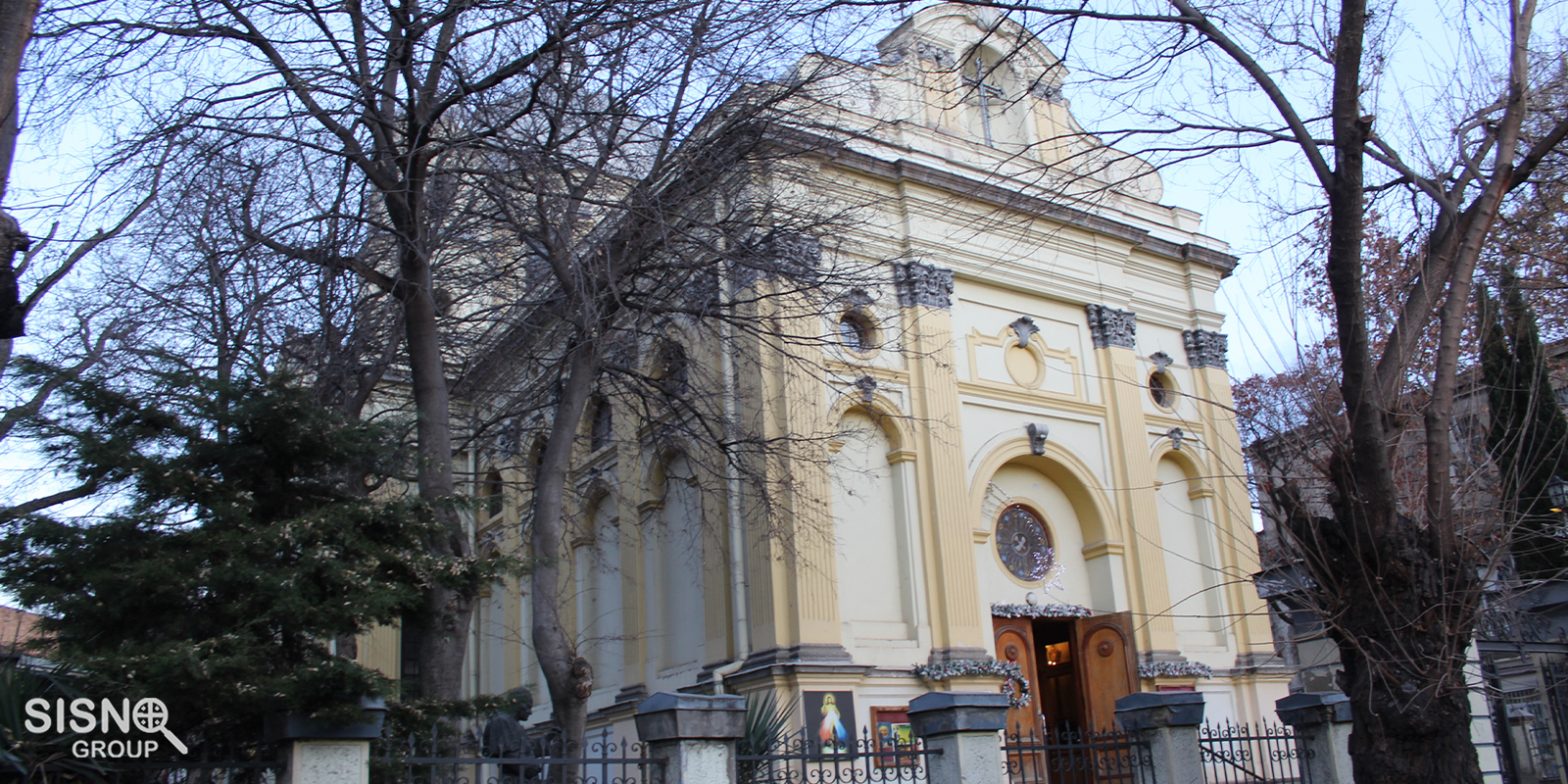
Catholic Churches in Tbilisi
Catholic churches in Tbilisi serve as important religious and cultural landmarks in a predominantly Orthodox Christian country. The most prominent of the Catholic churches in Tbilisi is the St. Peter and Paul Catholic Church, located in the heart of the city. Although Catholicism is a minority faith in Georgia, there is still the presence of these churches, and they manage to highlight the diversity of Tbilisi’s religious landscape. These churches not only provide a place of worship for Catholics in the city but also offer a space for cultural exchange, with events and services. The Catholic churches in Tbilisi are cherished not only for their architectural beauty but also for their role in fostering a sense of unity and faith among their congregants.
Oldest Church in Tbilisi
The oldest church in Tbilisi is the Anchiskhati Basilica. Even though Tbilisi is filled with historical buildings, this one is one of the most famous among the Tbilisi churches, dating back to the 6th century. This small yet significant basilica located in the old town is one of the earliest examples of Christian architecture in Georgia. The Anchiskhati Basilica retains much of its original charm and historical significance even after years of change, and you can feel the undeniable passage of time inside it. It is named after the Anchiskhati icon of Christ, which has been housed there for centuries.
Biggest Church in Tbilisi
The biggest church in Tbilisi is the Holy Trinity Cathedral Tbilisi, also known as Sameba Cathedral. This cathedral was completed in 2004, and it is not only the largest church in Tbilisi but also one of the most prominent religious structures in Georgia. Located on Elia Hill, Sameba Cathedral stands tall in Its grand size—rising to a height of 85 meters—makes it visible from nearly every corner of the city and is a must-see landmark, representing the heart of Georgian faith and culture.
Conclusion
From the grand halls of Svetitskhoveli Cathedral to the solitary height of Katskhi Column, the churches of Georgia showcase the country’s rich Christian heritage, architectural genius, and spiritual endurance. Whether you’re a pilgrim, a history buff, or a curious traveler, visiting these churches is one of the most meaningful ways to experience Georgia. Even if you don’t want to leave the capital, you can still experience the breathtaking stories of faith, survival, and beauty, which continue to inspire all who walk through their ancient doors.

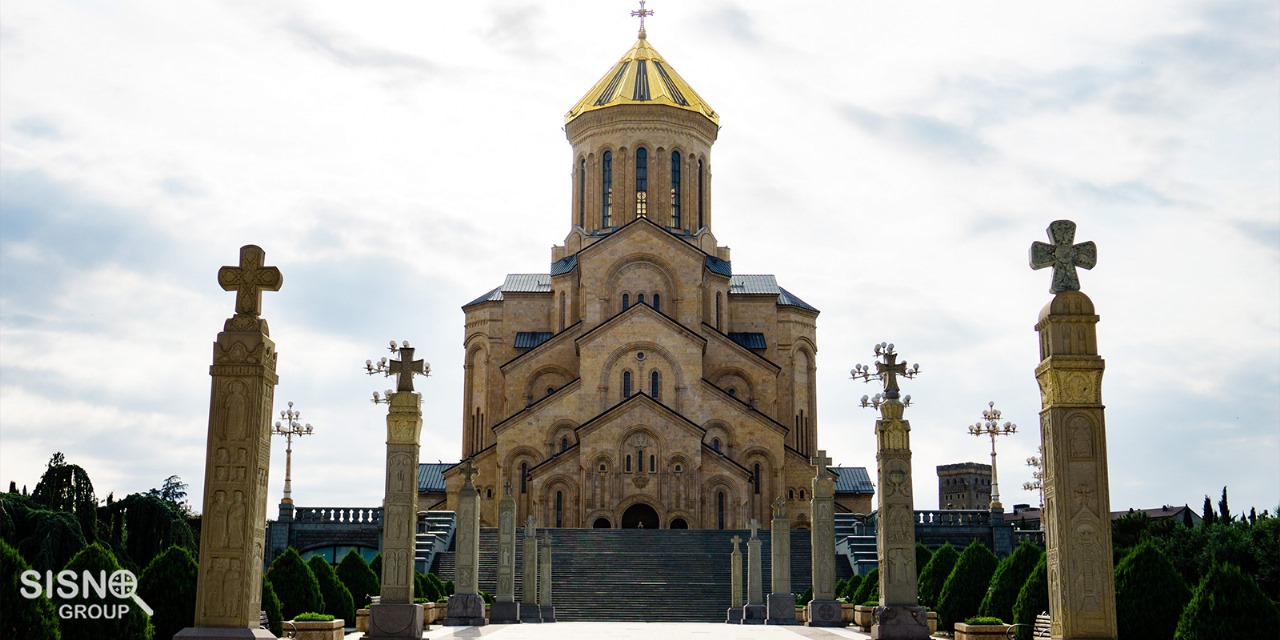



No comment